Search Results
Filters
Advanced Search
21 Results
-
UVM Framework Release 2023.4_2
Resource (Tarball) - Aug 05, 2024 by Bob Oden
Generator Updates: Replaced new with factory create for construction of broadcasted transaction from monitor.
-
UVM Framework Release 2023.4
Resource (Tarball) - Dec 31, 2023 by Bob Oden
Generator Updates: Generated qvip.compile files do not include hvl module generated by QVIP configurator when only QVIP protocols selected. BCR Updates: New step added for command line execution. Any number of these steps can be added to accommodate external commands as needed. See overlay_example.flow for details.
-
UVM Framework Release 2023.3
Resource (Tarball) - Sep 08, 2023 by Bob Oden
-
UVM Framework Release 2023.1
Resource (Tarball) - Feb 20, 2023 by Bob Oden
General Updates: Added BASE_T type parameter to scoreboard classes to allow insertion of user base class. Added supper.xxx_phase calls to classes with BASE_T type parameter.
-
UVMF -All
Resource (Tarball) - Feb 14, 2023 by Bob Oden
UVMF v2023.4_2 Generator Updates: Replaced new with factory create for construction of broadcasted transaction from monitor.
-
UVM Framework Release 2022.3
Resource (Tarball) - Aug 15, 2022 by Bob Oden
-
UVM Framework Release 2022.1
Resource (Tarball) - Mar 09, 2022 by Bob Oden
-
UVM Framework Release 2021.3
Resource (Tarball) - Jul 13, 2021 by Bob Oden
General Updates: General bug fixes and documentation updates Generator Updates: Added C data types for Mathworks® integration flow
-

UVMF, Beyond the ALU Generator Tutorial Extending Actual Test Control of the DUT Inputs
Article - Jun 03, 2019 by George Stevens - DesignLinx Solutions
The basis of this article was derived from practical experience. The scenario was this: “Here is a DUT specification, we have no UVM environment for you to start with as a template, so go and find out how to generate one with Siem ens EDA ’s UVM Framework (UVMF) template generation methodology.”
-

UVM 1800.2 & The New and Improved UVM Cookbook
Webinar - Sep 11, 2018 by Tom Fitzpatrick
This session will start with an overview of the changes in UVM 1800.2 from UVM 1.2 and 1.1d so you can be prepared to embrace the new Standard.
-
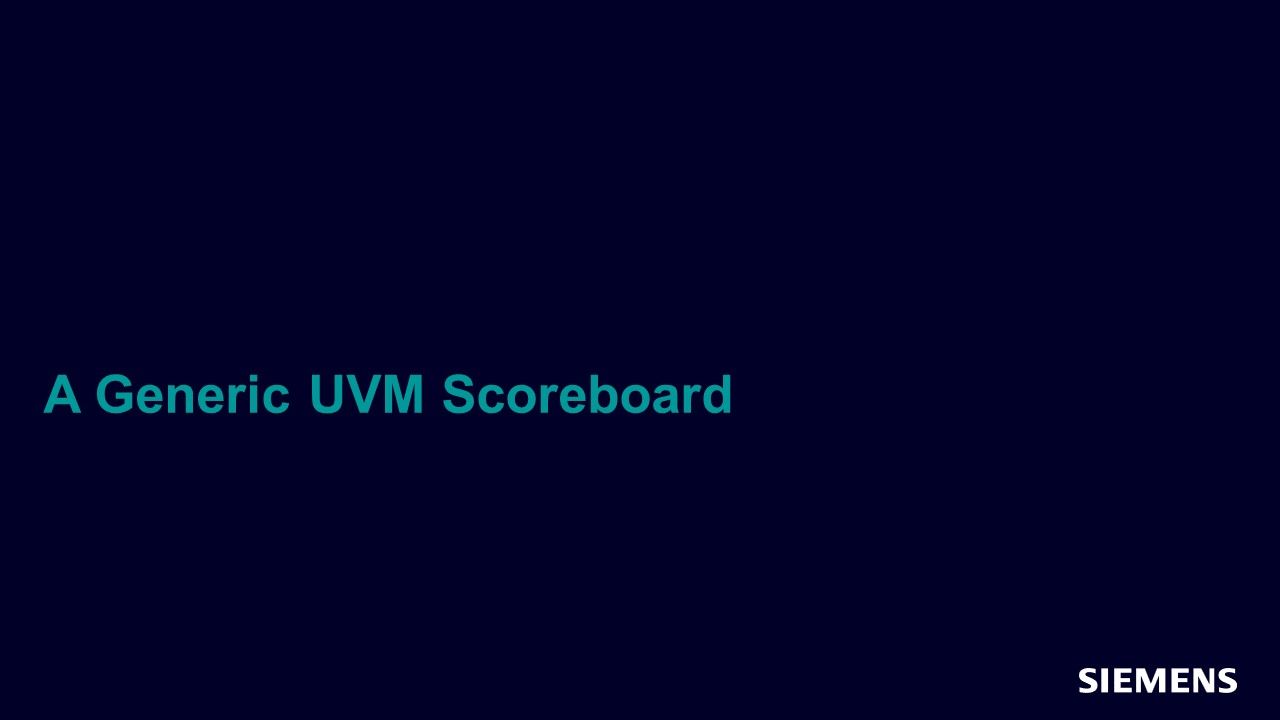
A Generic UVM Scoreboard
Article - Nov 01, 2015 by Jacob Andersen, Kevin Seffensen, Peter Jensen - SyoSil ApS
All UVM engineers employ scoreboarding for checking DUT/reference model behavior, but only few spend their time wisely by employing an existing scoreboard architecture. The main reason is that existing frameworks have inadequately served user needs and have failed to improve user effectiveness in the debug situation. This article presents a better UVM scoreboard framework, focusing on scalability, architectural separation and connectivity to foreign environments.
-

Verify Thy Verifyer
Article - Mar 01, 2020 by Srinivasan Venkataramanan, Ajeetha Kumari - VerifWorks
Design Verification is a field that requires a lot of thinking and equally a lot of coding. Tighter time-to-market adds a lot of schedule pressure to the teams coding those testbenches and test cases. The advent of UVM (Universal Verification Methodology) as the standard framework, has helped the industry make good progress in terms of structured testbenches. One of the primary objectives of UVM is to build robust, reusable testbenches.
-
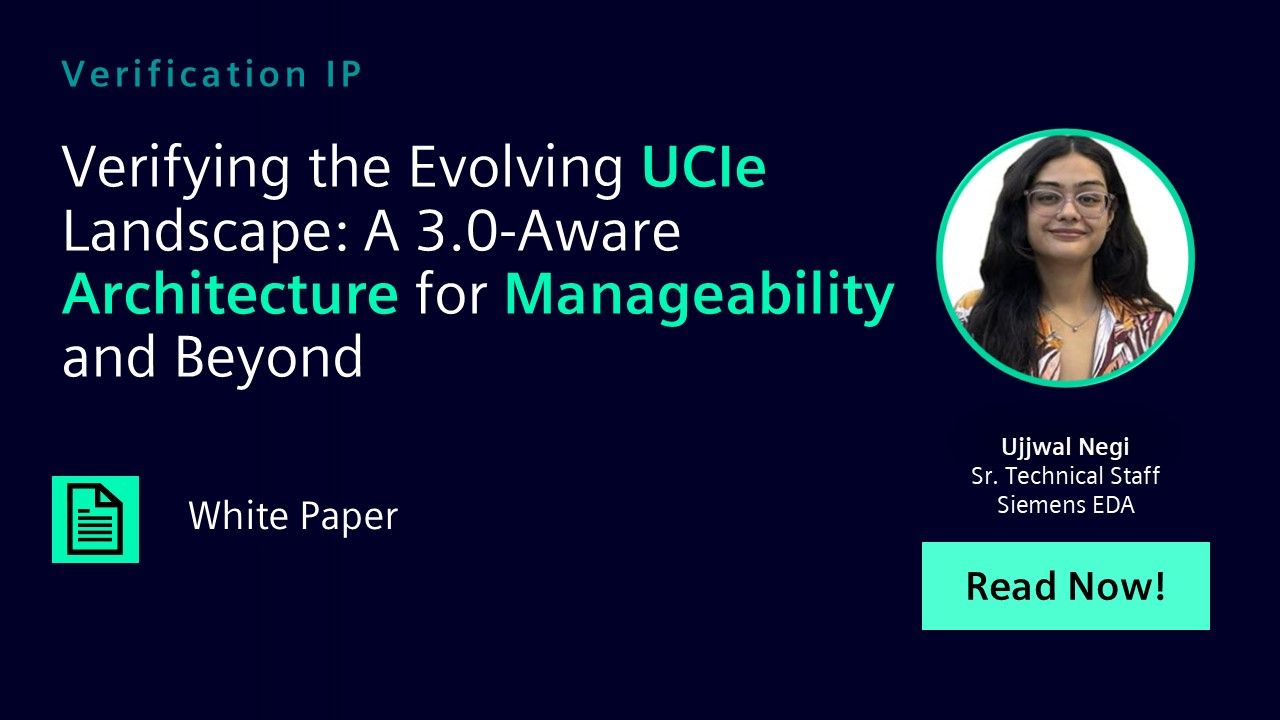
Verifying the Evolving UCIe Landscape: A 3.0-Aware Architecture for Manageability and Beyond
Paper - Aug 13, 2025 by Ujjwal Negi
This white paper details a verification strategy for UCIe 3.0 designs, integrating both legacy manageability architecture and emerging UCIe 3.0 features into a reusable, scalable framework. Built on a layered UVM architecture, Questa One™ Avery™ VIP for UCIe enables flexible modeling of complex domains through configurable APIs and supports automated discovery and routing table set up for both direct and indirect management paths.
-
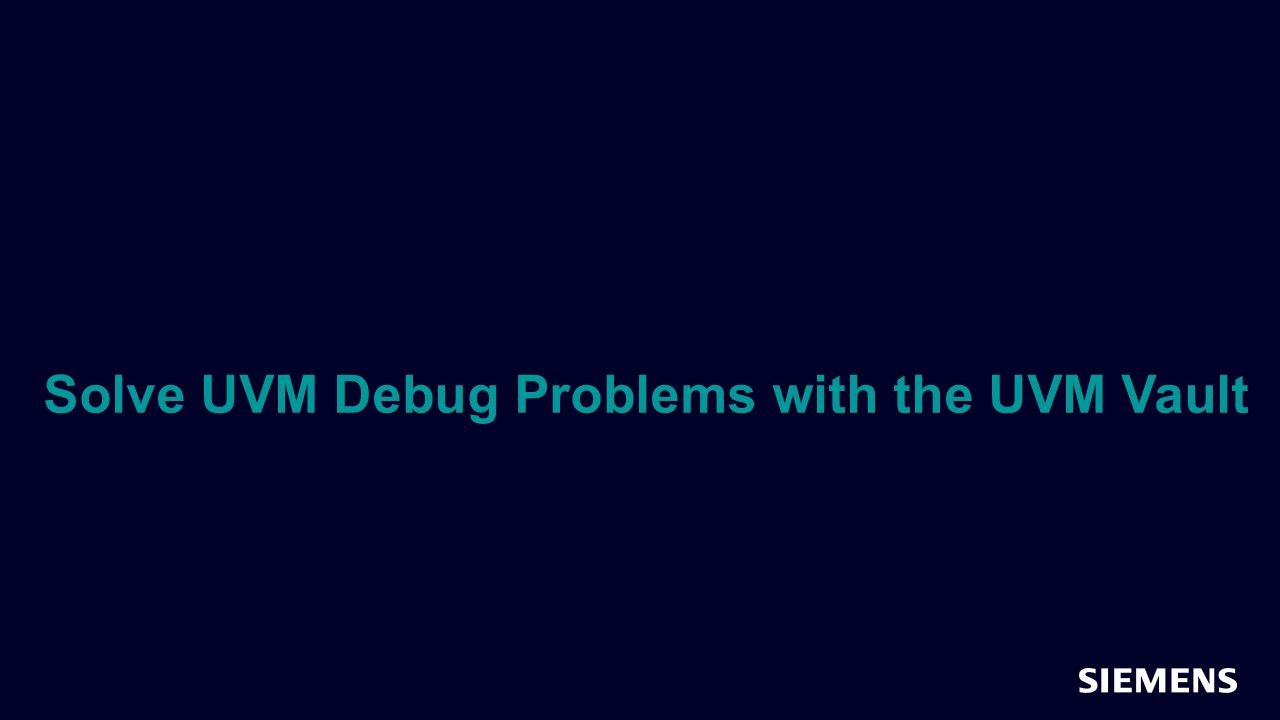
Solve UVM Debug Problems with the UVM Vault
Article - Jun 01, 2016 by Srinivasan Venkataramanan, Ajeetha Kumari - VerifWorks
Universal Verification Methodology (UVM) is the industry standard verification methodology for Verification using SystemVerilog (SV). UVM provides means of doing verification in a well-defined and structured way. It is a culmination of well-known ideas, thoughts and best practices.
-
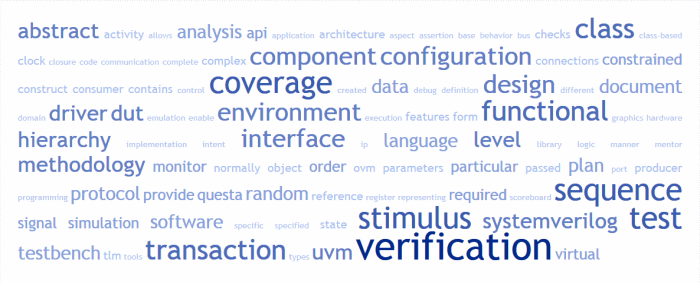
Verification Cookbook Glossary
Chapter - Mar 31, 2014 by Verification Methodology Team
This page is an index to the glossary of various terms defined and used in the Cookbook.
-
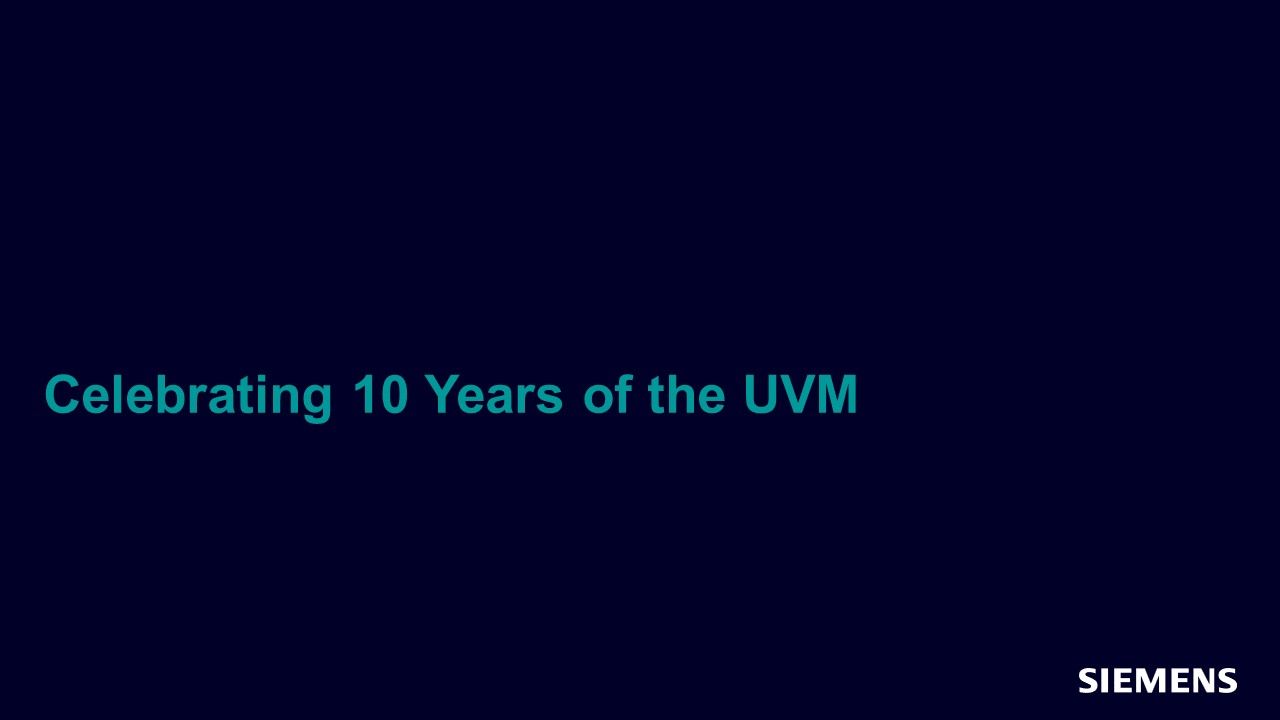
Celebrating 10 Years of the UVM
Article - Mar 03, 2021 by Mark Peryer
Version 1.0 of the UVM class library was released by Accellera at the end of February 2011, the result of a unique collaborative effort between fierce competitors (Siemens EDA, formerly Mentor Graphics, Cadence, and Synopsys) and a small number of activist user companies. The objective was to provide an industry standard SystemVerilog based verification methodology.
-
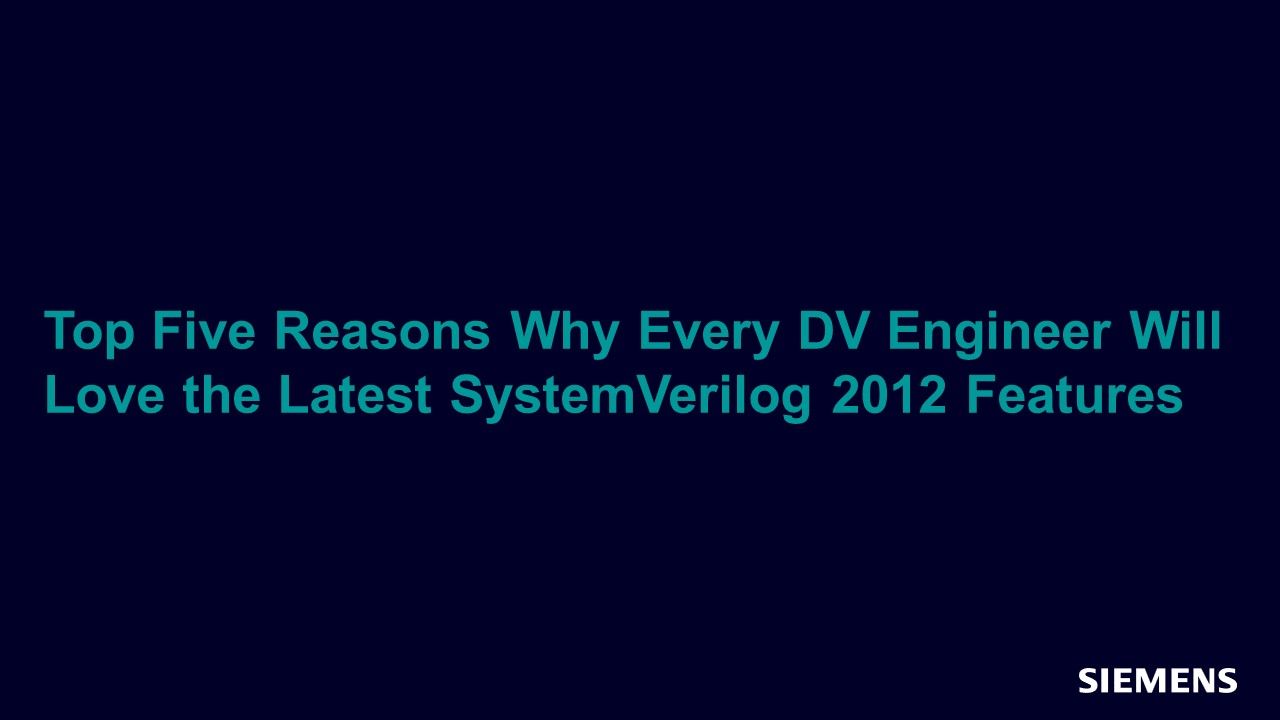
Top Five Reasons Why Every DV Engineer Will Love the Latest SystemVerilog 2012 Features
Article - Feb 25, 2013 by Ajeetha Kumari, Srinivasan Venkataramanan - CVC Pvt. Ltd.
SystemVerilog has become the most widely deployed Verification language over the last several years. Starting with the early Accellera release of 3.1a standard, the first IEEE 1800-2005 standard fueled the widespread adoption in tools and user base. Since 2005 there is no look-back to this "all encompassing" standard that tries to satisfy and do more for RTL Designers and Verification engineers alike.
-
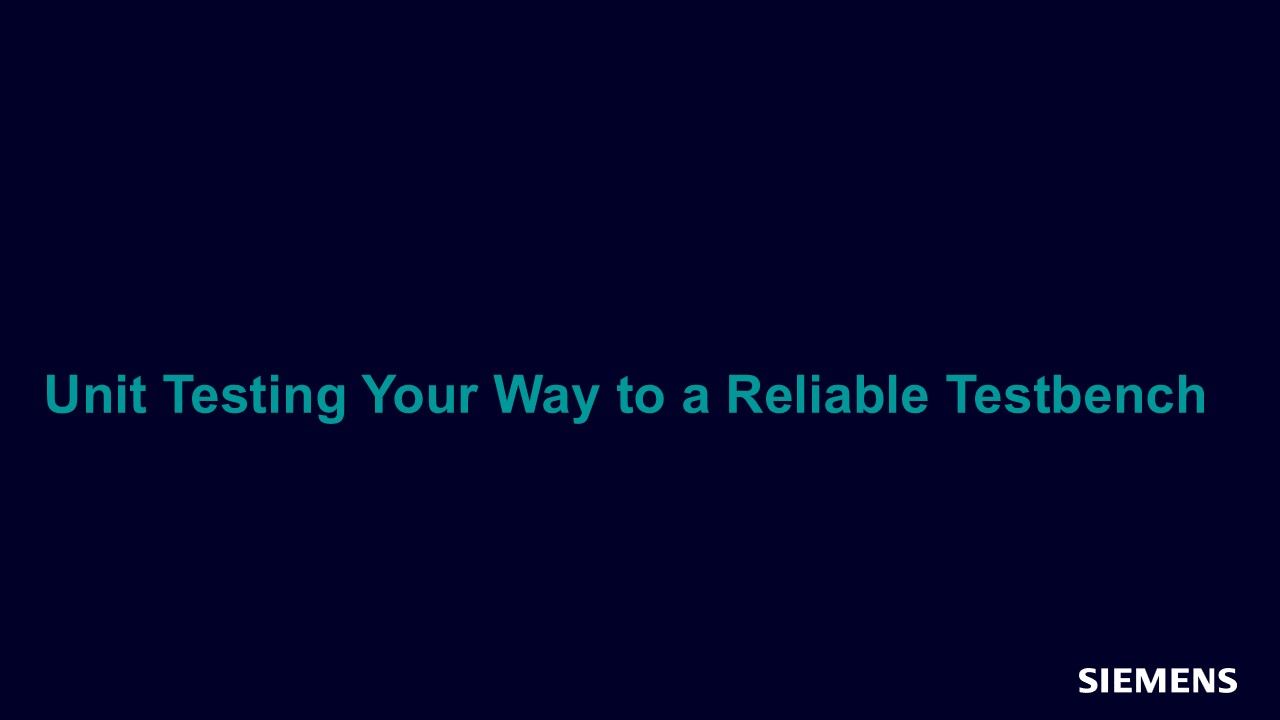
Unit Testing Your Way to a Reliable Testbench
Article - Jun 06, 2015 by Neil Johnson
Writing tests, particularly unit tests, can be a tedious chore. More tedious - not to mention frustrating - is debugging testbench code as project schedules tighten and release pressure builds. With quality being a non-negotiable aspect of hardware development, verification is a pay-me-now or pay-me-later activity that cannot be avoided.
-

How Static and Dynamic Failure Analysis Can Improve Productivity in the Assessment of Functional Safety
Article - Dec 05, 2017 by Dan Alexandrescu, Adrian Evans, Maximilien Glorieux - IROC Technologies
In this article, we present a working example, implemented using the Questa Verification Platform where a 32-bit RISC V CPU has been subjected to an extensive static and dynamic failure analysis process, as a part of a standard-mandated functional safety assessment.
-
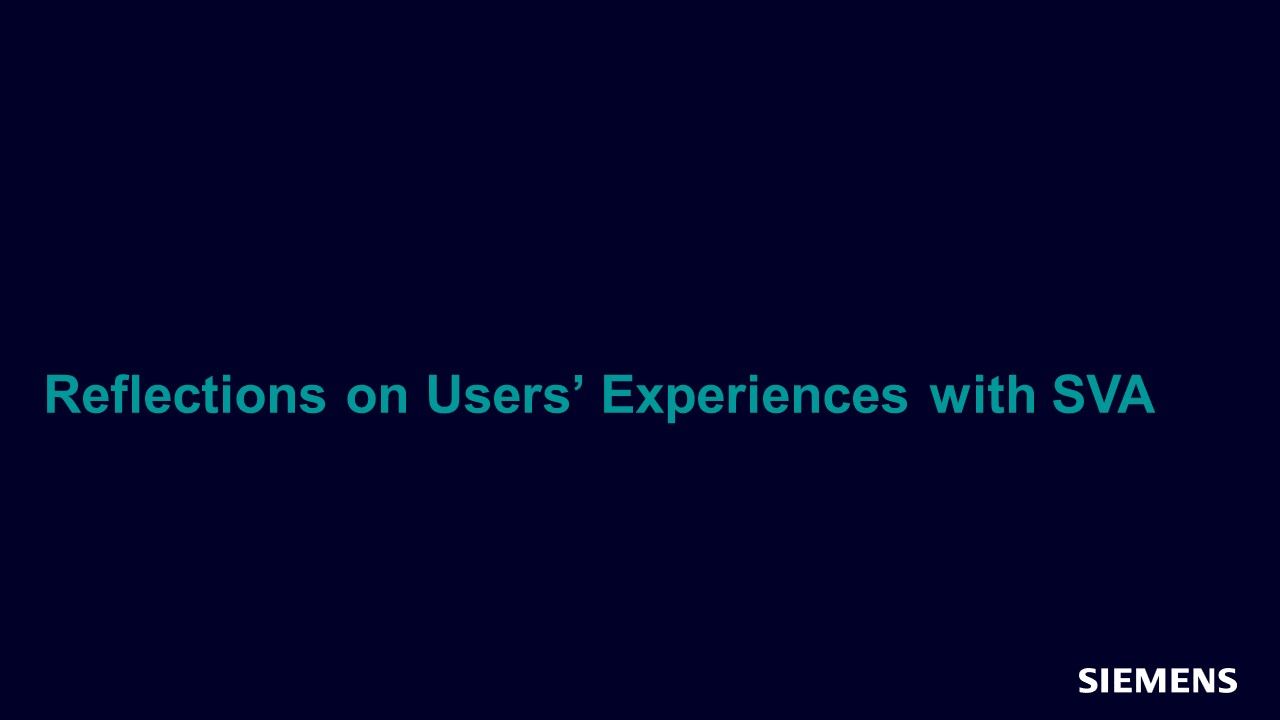
Reflections on Users’ Experiences with SVA
Article - Mar 02, 2022 by Ben Cohen
In my years of contributions to the Verification Academy SystemVerilog Forum, I have seen trends in real users’ difficulties in the application of assertions, the expression of the requirements, the angle of attacks for verification, the misunderstandings of how SVA works, and the confusion as to which SVA option to use.
-

The RISC-V Verification Interface (RVVI) – Test Infrastructure and Methodology Guidelines
Article - Feb 24, 2023 by Aimee Sutton, Lee Moore, Kevin McDermott - Imperas Software
The open standard ISA of RISC-V is at the forefront of a new wave of design innovation. The flexibility to configure and optimize a processor for the unique target application requirements has a lot of appeal in emerging and established markets alike. RISC-V can address the full range of compute requirements such as an entry-level microcontroller, a support processor, right up to the state-of-the-art processor arrays with vector extensions for advanced AI applications and HPC.